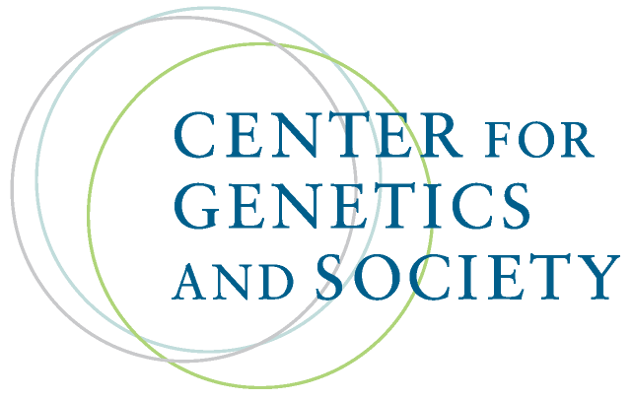WHO guidelines on human genome editing: why countries need to follow them
By Sheetal Soni,
The Conversation
| 08. 22. 2021
The World Health Organisation (WHO) recently called on countries to stop any research that might lead to the birth of genetically edited human beings. The call was made with the release of the recommendations on human genome editing.
Human genome editing has great potential. It can improve human health and medicine by making changes to DNA in cells to correct, introduce or delete almost any DNA sequence which may cause disease. Other potential benefits include new ways to diagnose, treat and prevent genetic disorders, novel ways to treat infertility, increasing knowledge of human biology and contributing towards vaccine development.
The potential of this technology came into the spotlight in 2018 when Chinese scientist He Jiankui announced that he had edited the genomes of twin girls. His announcement was met with consternation among many scientists because it highlighted a significant gap in regulation.
In response, the WHO established a committee made up of a global multi-disciplinary panel of 18 experts. The committee was asked to develop standards for human genome editing.
After nearly three years the panel recently published...
Related Articles
By Liyan Qi and Jonathan Cheng, The Wall Street Journal | 03.26.2025
photo via Wikimedia Commons licensed under CC by 3.0
Chinese scientist He Jiankui set off global outrage and landed in prison after he skirted ethical guidelines and claimed he had produced genetically modified babies designed to resist HIV infection.
Now, the self-styled ...
By Anna Louie Sussman, The New York Times | 03.25.2025
On June 24, 2022, the same day the Supreme Court issued its decision in Dobbs v. Jackson Women’s Health Organization, I received a call from the fertility clinic where I’d been undergoing in vitro fertilization, informing me that seven of...
By Michael Gibney, PharmaVoice | 03.20.2025
The death this week of a teenager receiving Sarepta Therapeutics’ gene therapy Elevidys for Duchenne muscular dystrophy is a tragic reminder of the stakes involved in cutting-edge biotech innovation.
While gene therapies like Sarepta’s offer an opportunity to treat and...
By Staff, The Medicine Maker | 03.21.2025
"The Promise and Peril of CRISPR" cover by Johns Hopkins University Press
As a paediatrician taking care of children with sickle cell disease, Neal Baer, a Harvard Medical School graduate, was in awe of the power of CRISPR technologies. Later...



